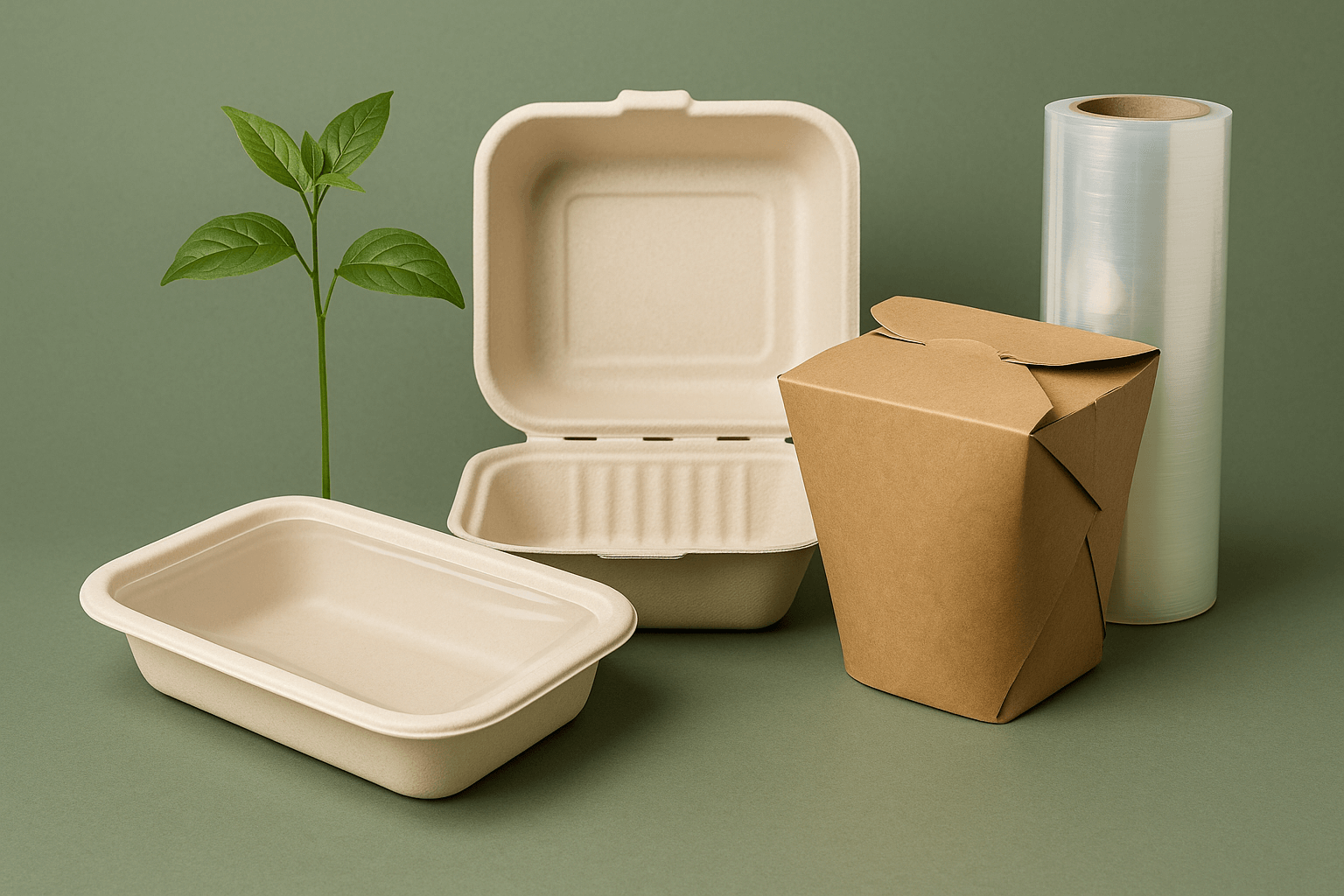What Environmental Packaging Live 2025 Tells Us About the Future of Food Packaging
Sustainability is shaping the future of packaging—and nowhere is that more evident than at Environmental Packaging Live 2025, an industry event focused entirely on innovations in eco-conscious materials, design, and supply chains. While Zoompack isn’t exhibiting at the event, we’re keeping a close eye on the discussions and trends emerging from it.
As suppliers of tray sealing machines, films, and food packaging systems, we know how important it is to stay ahead of where the industry is headed—even if most of the market still relies on traditional plastic-based solutions.
A Shift in Focus
Hosted alongside the Environmental Packaging Awards, the event shines a spotlight on alternative materials, recyclable designs, and closed-loop thinking. It’s part of a broader push across the packaging world to reduce waste, boost recyclability, and rethink how products are packed from start to finish.
While many of these innovations are still developing, they point to a clear direction: businesses are under growing pressure from consumers, regulators, and supply chain partners to demonstrate environmental responsibility.
Where Does That Leave Food Packaging?
In the food sector, change doesn’t happen overnight. Packaging must not only be sustainable but also practical, food-safe, cost-effective, and compatible with sealing machinery. Compostable trays and recyclable films are promising—but not always a viable replacement at scale for plastic-based systems.
At Zoompack, we understand that reality. Most of the businesses we work with still depend on plastics for their durability, performance, and affordability. But we’re also seeing increasing interest in hybrid setups—where, for example, a recyclable tray is sealed with a low-plastic film, or compostable options are trialled for specific product lines.
Watching the Landscape Evolve
We’re not claiming to be fully eco-friendly—but we are staying engaged. Events like Environmental Packaging Live give valuable insights into the materials, technologies, and policies that may shape our product lines in the years to come.
As regulations evolve and demand for greener options grows, we’ll continue to explore how to help our customers transition at a pace that works for their business.

